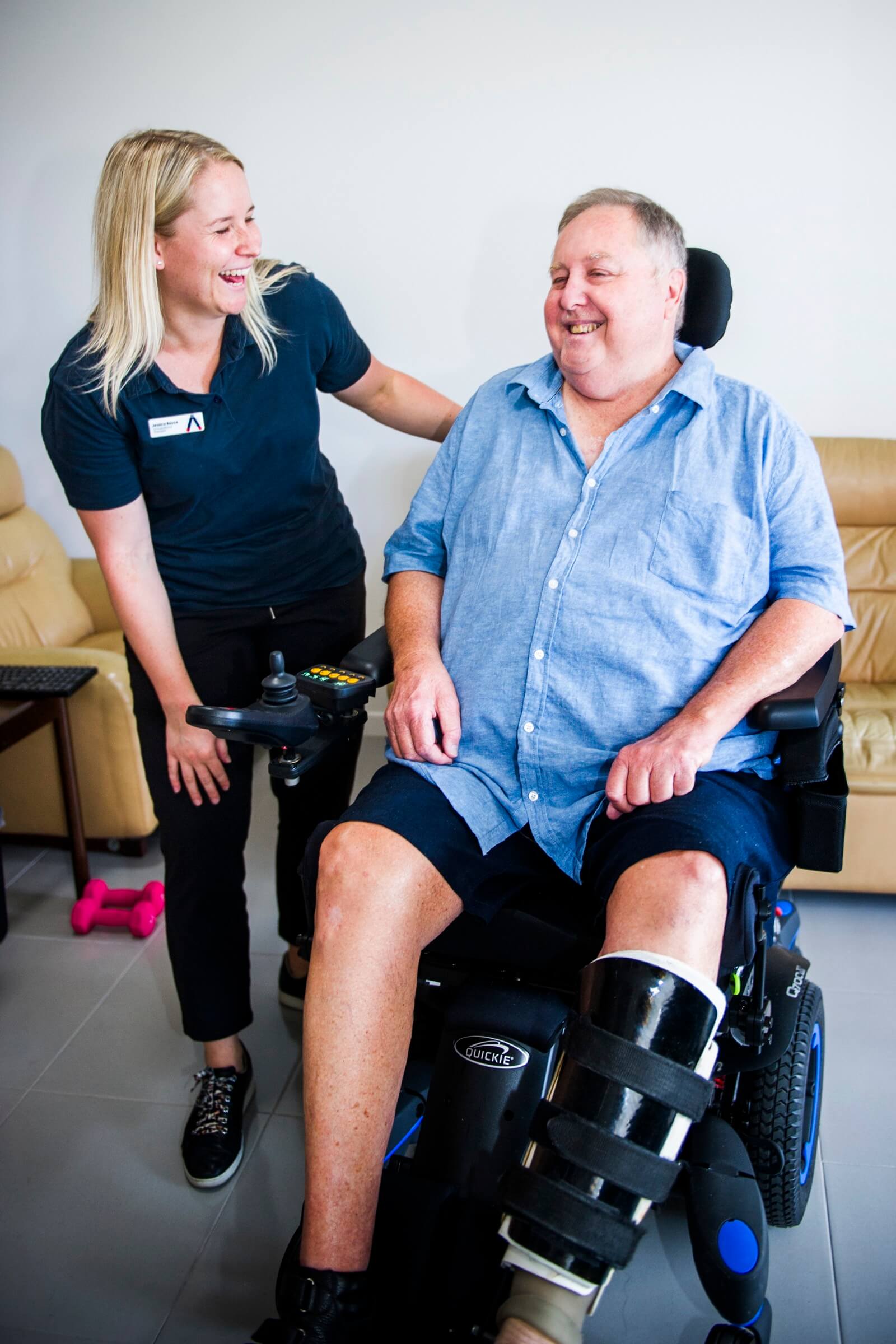Most of us will experience physical pain at some point in our lives. Whether from cuts, falls or bumps, pain serves an important purpose in alerting us that something is wrong. Simply, it’s a symptom of an illness or injury. Usually it will develop quickly and doesn’t last for long. On the other hand, chronic pain is a prolonged experience of pain that can significantly impact on a person’s physical and mental health and wellbeing. Today there are approximately 3.37 million Australians living with chronic pain which impacts every facet of their lives. Of these individuals, 10 percent will have severe disability and dysfunction due to their chronic pain conditions. Chronic or persistent pain is pain that lasts for more than 3 months, or in many cases, beyond normal healing time. It is different from acute pain, such as pain from an injury which develops quickly and doesn’t usually last for long, and therefore requires a different approach to treatment. No one really wants pain, and this is understandable as it is an unpleasant experience. But the unpleasantness is what makes pain effective at protecting you and alerting you to danger. When pain persists, it is difficult to see how it can be serving any useful purpose. When pain persists beyond normal healing time it can be due to complex changes within the nervous system. Better results managing chronic pain come from a greater understanding of how the nervous system works and why sometimes it continues to produce pain even after no apparent injury, or after many years. There are different types of chronic pain, and it is a complex condition. No two people will have the same experience. Pain can range from mild to severe and is experienced on most days. Sometimes there is no apparent cause of chronic pain. There are different types of chronic pain, and sometimes there may not be any apparent cause. Some of the common causes of chronic pain can include: Many people with chronic pain conditions may also experience depression or anxiety. In addition, people with anxiety disorders, post-traumatic stress disorder and major depressive disorder have a higher rate of experienced chronic pain. Chronic pain can severely limit one’s ability to manage day to day stressors, mental health, relationships and responsibilities. Chronic pain can lead to executive functioning impairments which impact skills like planning, organising, managing inhibitions, reasoning, attention and most significantly working memory and emotional regulation. Chronic pain can also reduce opportunities to engage in meaningful activities and social engagement – resulting in disconnect – further perpetuating a person’s poor mental health. This highlights the importance of a holistic approach to treating chronic pain. Adaptability Therapy’s Physiotherapists and Mental Health Occupational Therapists have significant experience working with people with chronic pain. Our therapists work with clients from a variety of ages and backgrounds, with the aim of diminishing pain, improving quality of life where possible and preventing acute and sub-acute painful conditions developing into chronic pain. Our therapists take a biopsychosocial approach, working as a coordinated multidisciplinary team to support clients. Where possible, we try to empower clients with the knowledge and skills necessary to self-manage their pain. The following are common treatment methods used by our therapists: At Adaptability Therapy, we see an individual not simply as a disability, but as a whole person. People experiencing chronic pain are encouraged to engage with a team of trusted allied health professionals to reduce the impact of chronic pain. Meet our experienced Physiotherapy Leadership Team. Learn more about Adaptability Therapy and how we can help you. Chronic Pain Physiotherapy
What is chronic pain?

What causes chronic pain?
Chronic Pain and Mental Health

Treating Chronic Pain

About Adaptability Therapy
Meet our team








